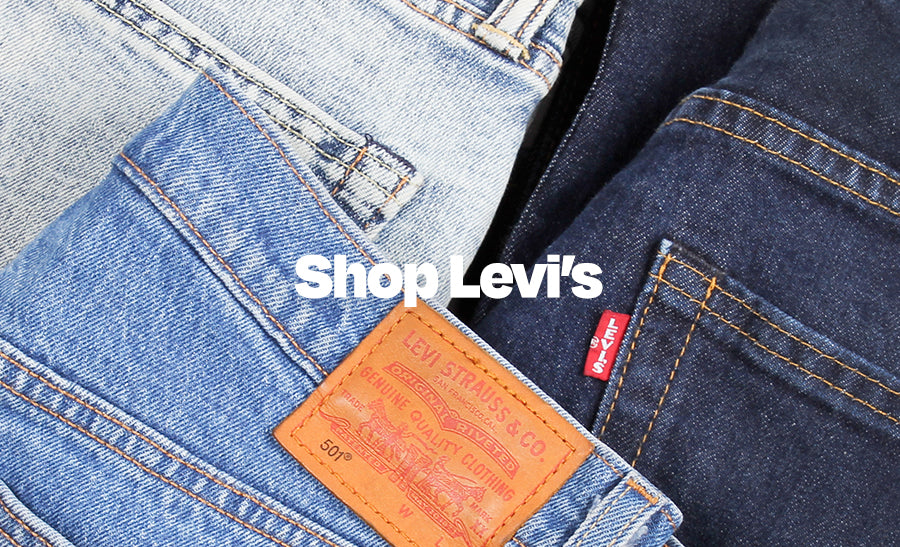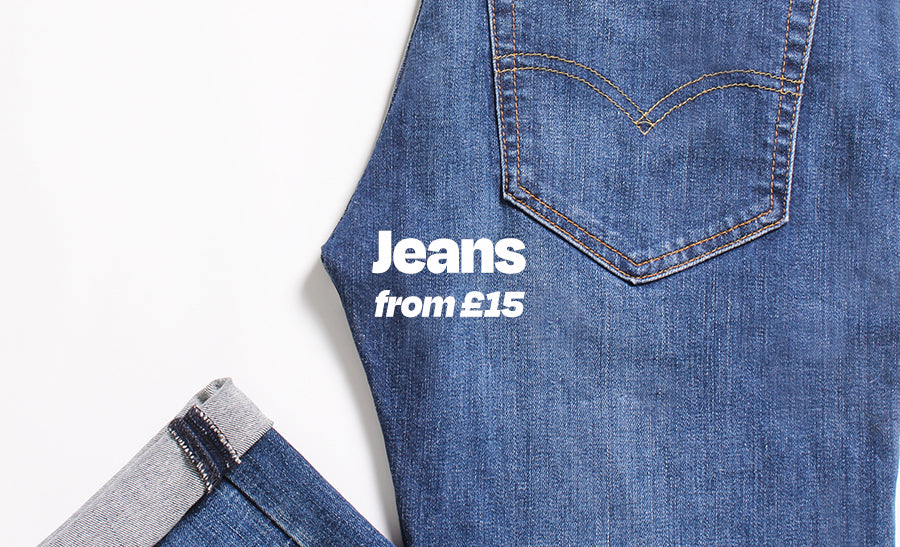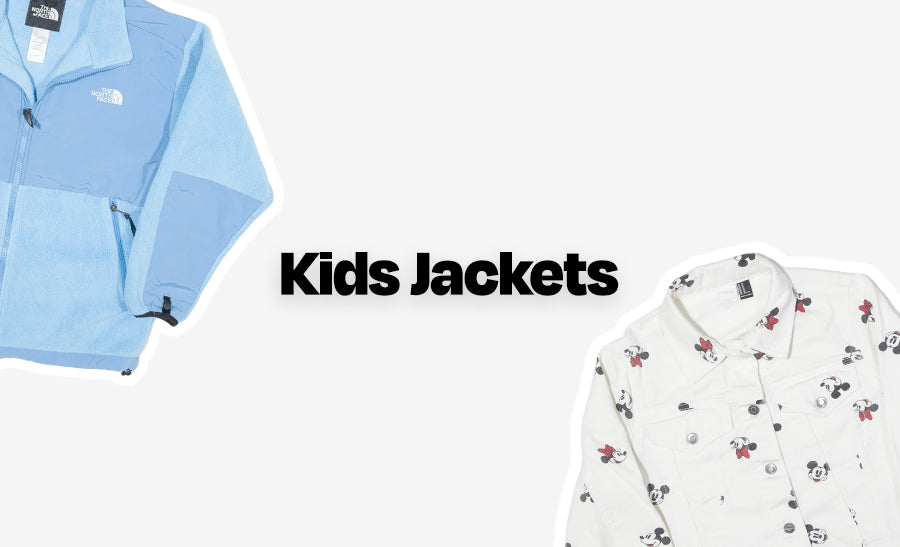How it all started
In 1889, Henry David Lee established “The H.D. Lee Mercantile Company” in Kansas, which sourced and packaged groceries from around the world for distribution to grocery stores under the “Lee” brand. In 1912 they saw the potential of using their business for the distribution of overalls, so they opened their first garment factory in Salina, Kansas where they produced overalls and jackets. Lee were the first brand to create a one-piece coverall, known as “union-Alls”, designed to protect clothing both below AND above the waist. These overalls became massively popular, pushing the company to open four new factories which solely focussed on producing Lee Union-Alls.

1920-1929
In 1921, “The Buddy Lee” doll was introduced to promote Lee overalls - they would use him to introduce new Lee products over the next 40 YEARS! After consulting with working cowboys and champion rodeo riders, Lee introduced its cinch-back ‘Cowboy Waist Overalls’. These overalls had improved fabric and instead of copper rivets included “scratch-proof” stitching to reinforce the back pockets in order to protect the saddles - which were the cowboys’ most valued possession. These would later become what are known as “Lee Riders”. In 1925, Lee worked with Canton Mills to develop the strongest and bluest denim in the market for durable and western work wear.

This new 11.5 oz. denim was made by twisting the yarn tighter than previously made and engineered to be harder to snag, tear or rip. Lee launched an advertisement campaign called “The Great Lee Success Story” which celebrated workers wearing Lee products which led to the slogan “The Jeans that Built America”.
1930-1939
In 1937, Lee became the nation’s largest manufacturer of workwear. To prove Lee’s continued dedication to quality and durability, Ripley put Lee’s Jelt Denim Overalls to the test.

The buttons held their shape after being ironed with a 5-ton steamroller and the denim survived a 26-mile crawl across untreated concrete. One man even stood in the pockets of overalls that were being worn by another man and the stitching stayed secure!
1940-1949
Lee also supported the war effort during World War II, manufacturing shirts, pants and flight suits for the United States military. In 1947, Lee introduced Lee Riders for women which were exactly the same as the ones for men, except they just made the waist smaller and the seat and hip area bigger to fit a women’s physique more comfortably.

1950-1979
Lee saw a big boost in sales when movie stars such as Marlon Brando and James Dean wore their jeans, making them a symbol of youth. In 1962, they released jeans specifically for high school and college kids, which offered a new “Leesure’s trim” of a “skin tight” silhouette - “The Clothes You Need for the Life You Lead”.

Also led by college trends, Lee started producing its first line of fashion overalls and a variety of bellbottom styles for both men and women. In 1972, Lee debuted their “Leesure Suit”. The idea was to offer their customers a well-fitted and stylish garment made of the best material in order to provide a long lasting product.
1980-1999
In 1982, Lee released several more fits for women, including the London Rider which was made of high-end stretch denim. A Lee denim jacket made it onto the cover of Rolling Stones on the back of Bruce Springsteen!

In 1993, Lee formed “Riders”, a separate brand made to cater for the masses, sold in Wal-Mart and K-Mart. In 1996, Lee launched their National Denim Day to raise awareness for Breast Cancer, this campaign would go on to raise over $98 million between its launch and 2015. That same year Lee also went online, making their denim all the more accessible to its customers! Lee introduced a new jean called Lee Pipes in 1997, targeted towards boys between 8-12 years of age who enjoy extreme sports such as skateboarding. They had a wide leg for easy movement, deep pockets and contrast stitching.
Today
In 2017, Lee decided to capitalise on the fact that they are such a heritage brand and re-visited their denim designs from the past in order to create contemporary new fits of jeans. They also decided after 130 years of being based in Kansas, to move their headquarters to North Carolina in 2019. This brings us to today, along with the brands Wrangler and Rock & Republic, Lee became part of a new, independent, publicly-traded company Kontoor Brands.































































































